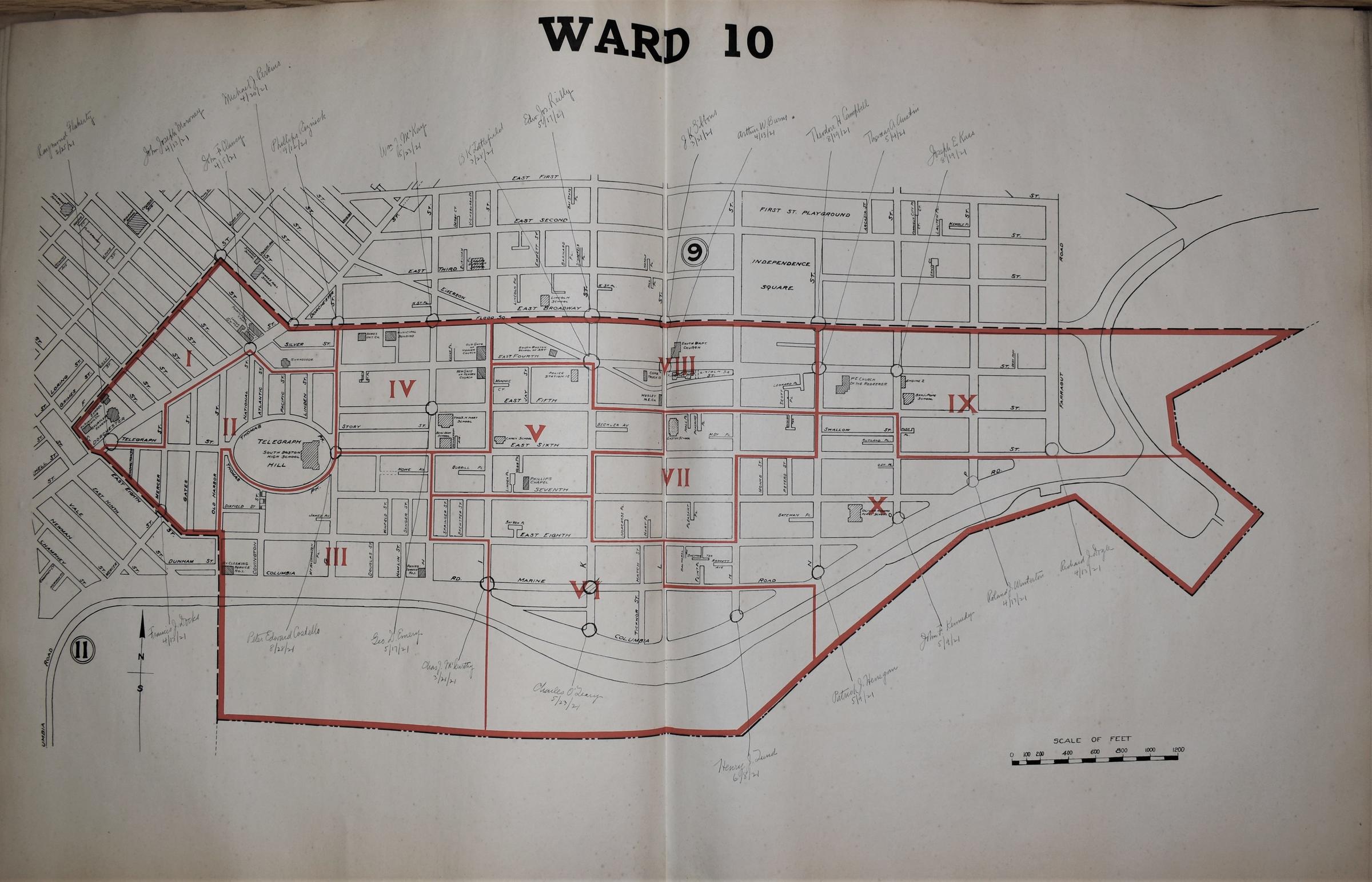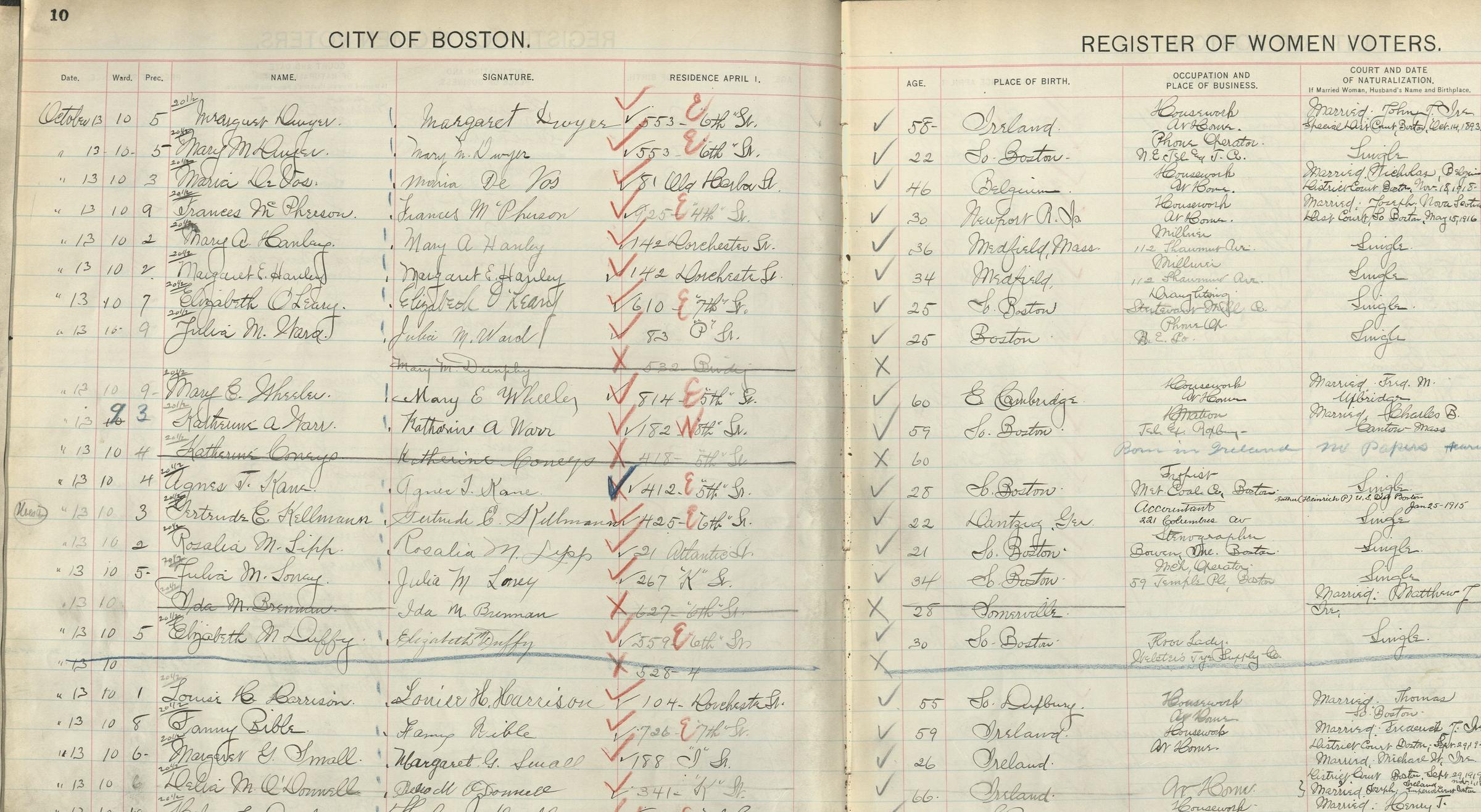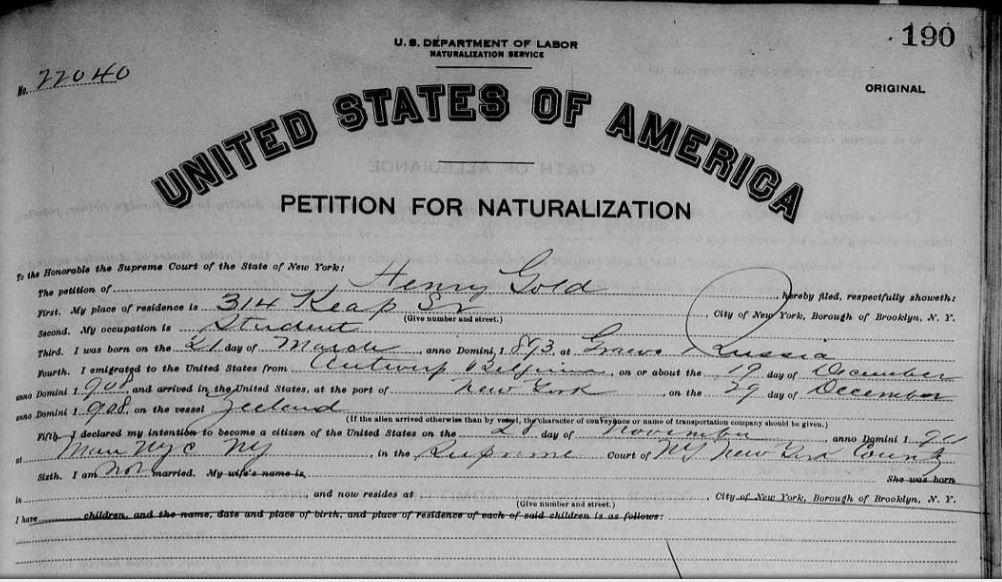The Mary Eliza Project: South Boston Voter Records Now Available
In Boston's Ward 10, over 800 women registered to vote between August 12 and October 13, 1920. We have finished transcribing the Ward 10 Women’s Voter Registers and the data is now available at Analyze Boston.
In 1920, after the passage of the 19th Amendment, Boston's women registered to vote by the thousands. The 1920 Women's Voter Registers now live at the Boston City Archives and document women's names, addresses, places of birth and occupations. Sometimes women provided additional information about their naturalization process to become a US citizen, including where their husbands were born because in 1920, a woman's citizenship status was tied to her husband's nationality.
The Mary Eliza Project, named after African American nurse, civil rights activist, and Boston voter Mary Eliza Mahoney, is transcribing these valuable handwritten records into an easily searchable and sortable dataset. We've recently finished transcribing the Ward 10 registers which cover part of South Boston and have added them into our dataset. The ward map below shows the boundaries of Ward 10
Transforming the Ward 10 Women Voters Registers into a dataset gives us new information and insights into the lives of South Boston women. While most of the women who registered to vote in Ward 10 were born in Massachusetts, we found almost 100 Irish born women voters. We also found women born in Austria, Germany, Switzerland, Sweden, Belgium, Russia, Canada, and Norway.
Ward 10 women voters were working as clerks, housekeepers stenographers, factory workers, salesladies, probation officers, teachers, book binders, machine operators and more. While some women travelled into downtown Boston to work, others worked at local businesses near their homes. Many South Boston women worked close to home at the Gillette Razor Company factory. This register shows Augusta Hanouseck and Julia Sullivan's voter registrations. Both worked at the Gillette factory and they stood in the voter registration line together. We wonder if they were work friends who registered to vote together.
The Ward 10 Registers also include registrations of women who did not live in South Boston. On October 13, the last day that women could register to vote, Election Department workers registered women of multiple wards in the Ward 10 books. Some of these entries are quite intriguing. For example, 26 year old Sylvia Gold lived in Ward 16, on Crawford Street in Roxbury. Sylvia was born in Cape Town, South Africa. Her husband, Henry, was born in Russia and naturalized in Brooklyn, New York. How did Sylvia and Henry meet and marry? Why did they move to Boston?
Henry Gold's naturalization record shows that while he was born in Russia, he emigrated to the United States via Belgium. In 1916, at the time of his naturalization, he listed himself as a student and had not yet married to Sylvia. More digging is needed to uncover the rest of the story!
These stories are only a small sample of what is waiting to be uncovered in Boston's Women Voter Registers. Dive into the dataset and let us know what you find!





